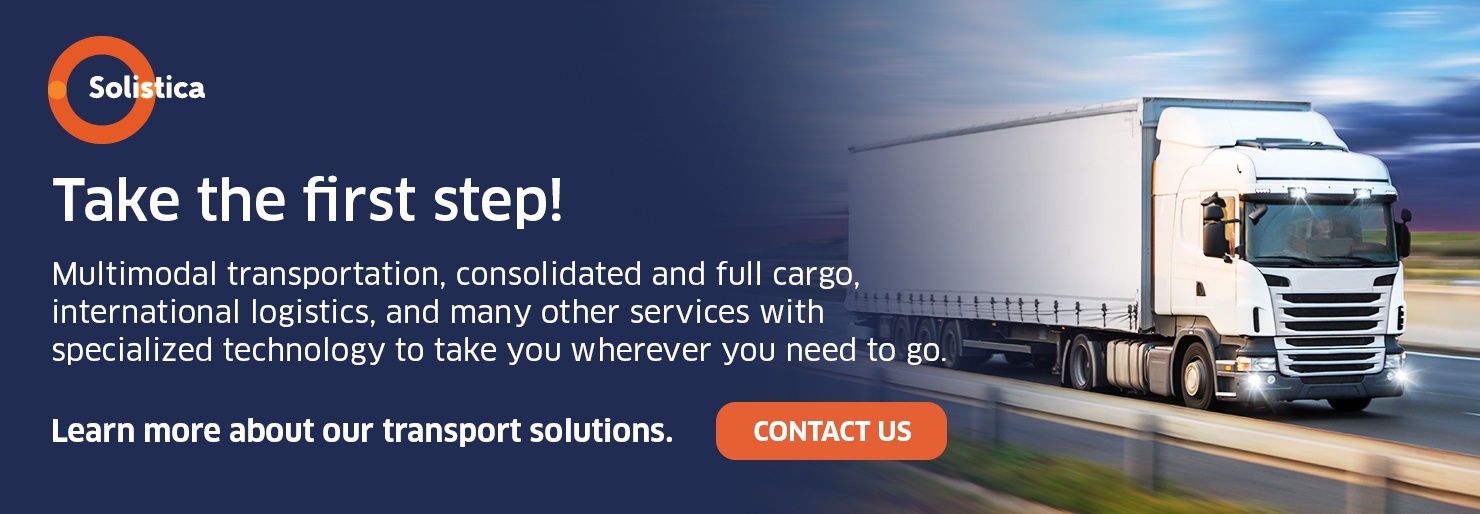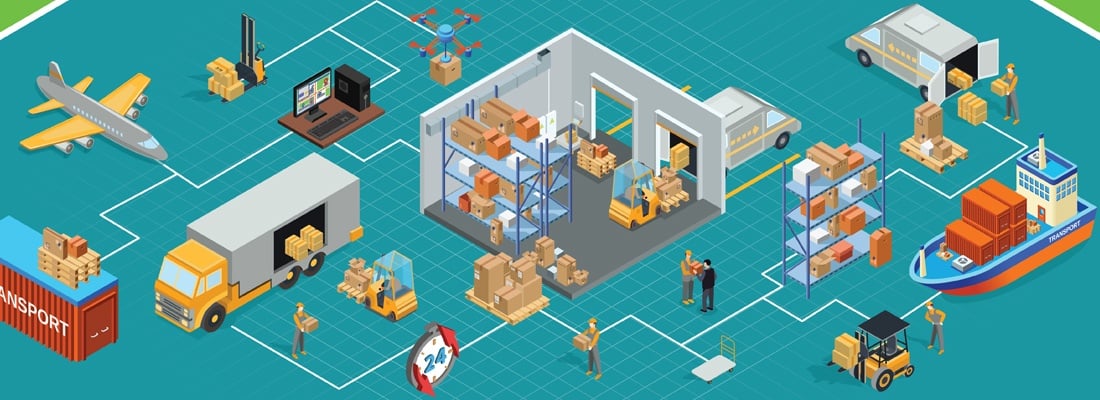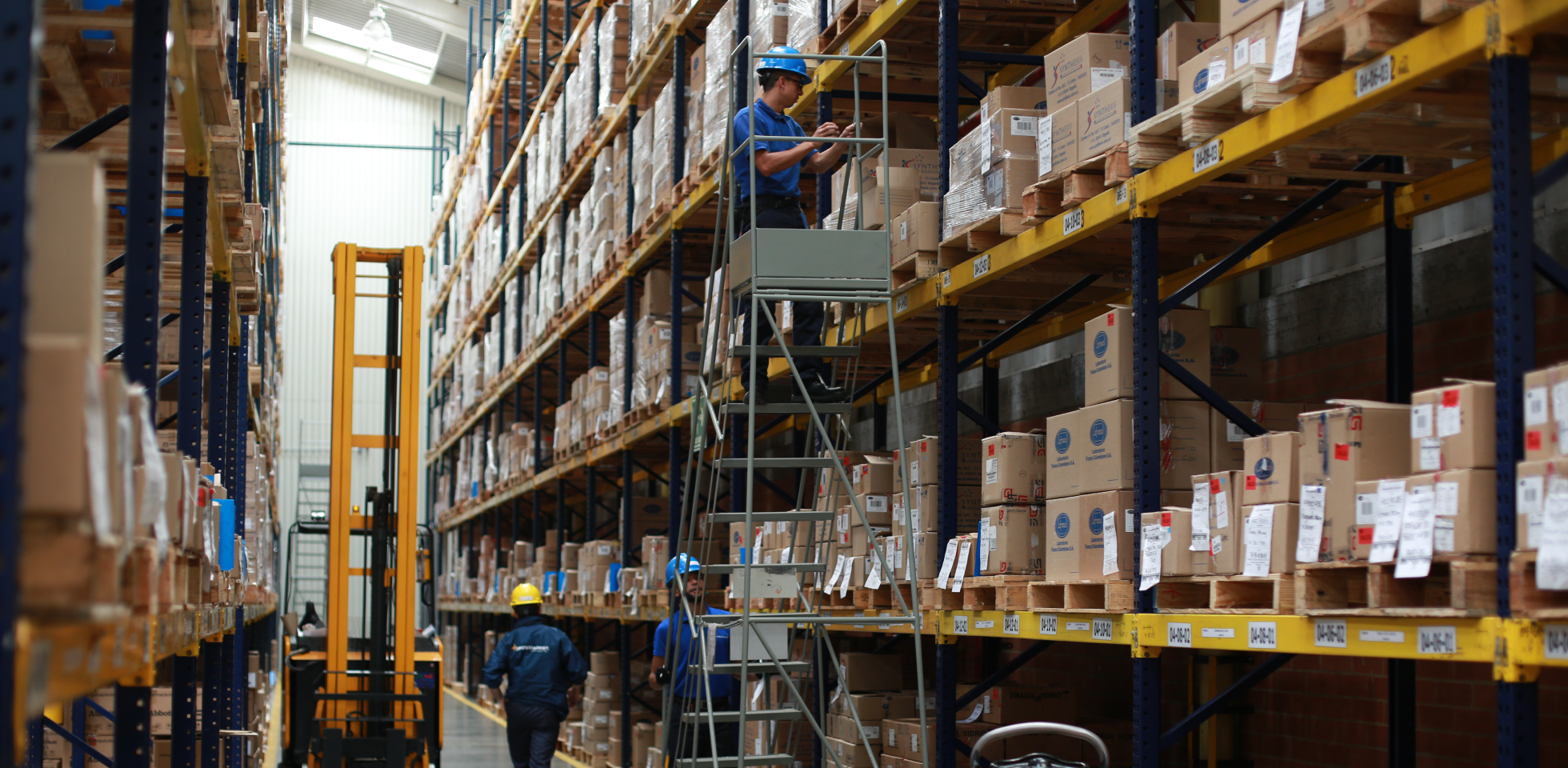When we talk about a distribution network, we refer to the supply chain management; in other words, we talk about the steps a product takes to get from the manufacturer or supplier to the final client.
Making this process efficient is essential for a company’s profitability because it involves operation costs that, in the end, impact the experience of our product’s user.
When we design a commercial distribution network, we are going after several goals, which may vary according to the business focus, it may be saving on costs or issues related to corporate responsibility. Therefore, the way distribution networks are planned may vary from one company to the next, even if they work in the same sector.
Moreover, a distribution network is one the main assets a company should assess and analyze constantly because its design affects the operational excellence, the level of service, and on-time deliveries. In this sense, many companies base their business model on the design of this logistics network, looking to optimally configure all their physical resources, which may include distribution centers, fleet, warehouses, cross docks, manufacturing plants, coordination with suppliers, and others.
Types of distribution networks
There are several types of distribution networks according to the company’s needs and logistics requirements:
- Direct from the manufacturing plant to the client
- From a supplier of raw materials to the manufacturing plant
- Through suppliers of logistics services
- Using warehouses
- Staggered
Companies may choose one or several types at the same time, depending on their needs and budgets but always keeping in mind that all the elements involved in designing or redesigning the network have an important relationship between them. Inventories, transport, infrastructure, and information should reach a balance in costs to result in the best possible distribution strategy.
Therefore, the efficient design of a distribution network becomes more relevant because it optimizes resources, saves on costs, and outlines the supply chain stage where it meets the end consumer, aiming always to provide quality services, a factor that often determines the competitiveness of a logistics supplier.
Benefits of a market-oriented network
Redesigning a distribution network, or designing one from the start, should yield benefits like optimizing the company’s total logistics costs, improving service levels for intermediate and final clients, increase flexibility, improve the response capacity, and many others. In short, according to the experience of Accenture Mexico, the benefits of a distribution network focusing on the market are:
- Minimizing investment by decreasing assets by 10% to 30%.
- Lowering investment on the logistics process by 10% to 30%.
- Raising the percentage of product availability and reach excellence in customer service, which results in a 2% to 5% increase in income.
- Optimizing inventory management by reducing them by 10% to 20% without losing flexibility and response capacity.
Goals of network design
Hence the importance of putting time and effort into the creation or redesign of the distribution network, based on these considerations:
- Make sure products are always available in the inventory when clients request them.
- Minimize the time it takes an order to go through the whole process.
- Manage the shipment of different products requested by the same client.
- Offer clients the chance to monitor their orders in real time.
- Offer clients a great experience from the moment they create the purchase order until it is delivered correctly and on time, including payment and monitoring.
- Open channels of communication to enable clients to return products easily.
Having an efficient logistics distribution network implies reaching a balance between the level of service and the reduction of costs.
Steps to take
To meet these goals, the design or redesign of a distribution network should follow this process:
- Understand the business strategy, including the company’s annual growth forecast, number of product categories, new acquisitions, etc., in order to learn more about the present and future distribution needs.
- Clearly define the target customer service level and how to reach it; for example, attention incidence, delivery formats, among others. The customer service indicators related to promise fulfillment will yield valuable findings for the design of the distribution network.
- Addressing the business strategic goals and the service promise made to the client, forces us to assess the financial and physical resources, running simulations for each distribution scenario until a balance of costs and customer satisfaction is reached.
- Define the network’s scope considering processes, routes, and the need of an intermediate distribution center; all this based on the number and locations of clients, products assortment, and sales volume. This definition should include the combination of network’s elements that make the customer satisfaction strategy easier, and minimize overall costs, not only in one section.
- Identify the budget or facilities’ limitations to assess the convenience of outsourcing logistics and distribution to a specialized logistics supplier.
- Analyze what the competitors are doing to detect weaknesses and opportunities for improvement. Likewise, analyzing the environs will help detect threats and opportunities that help optimize the distribution strategy; the applicable regulations and the characteristics of the product and its transport terms are among these threats and opportunities.
- Choose distribution network design software that enables the analysis and simulation of the best network, one that is innovative and flexible to the everchanging needs of the market and the company, so you can make faster decisions. You can find several specialized design tools for this type of network in the market, and logistics suppliers that offer network design with the help of state-of-the-art technologies.
The key for turning your distribution network into a competitive advantage is to focus it on clients.
Customer satisfaction should be your main goal; aiming to reach a balance between the efficiency of the supply chain and the optimization of resources.
By integrating logistics solutions, Solistica offers clients the optimization of their supply chains with a distribution design that focuses on their current needs and with the potential of escalating it as their logistics processes adjust to meet the changes in the market.
 *This blog was originally published on June 10 2019 and modified on April 8 2022.
*This blog was originally published on June 10 2019 and modified on April 8 2022.





